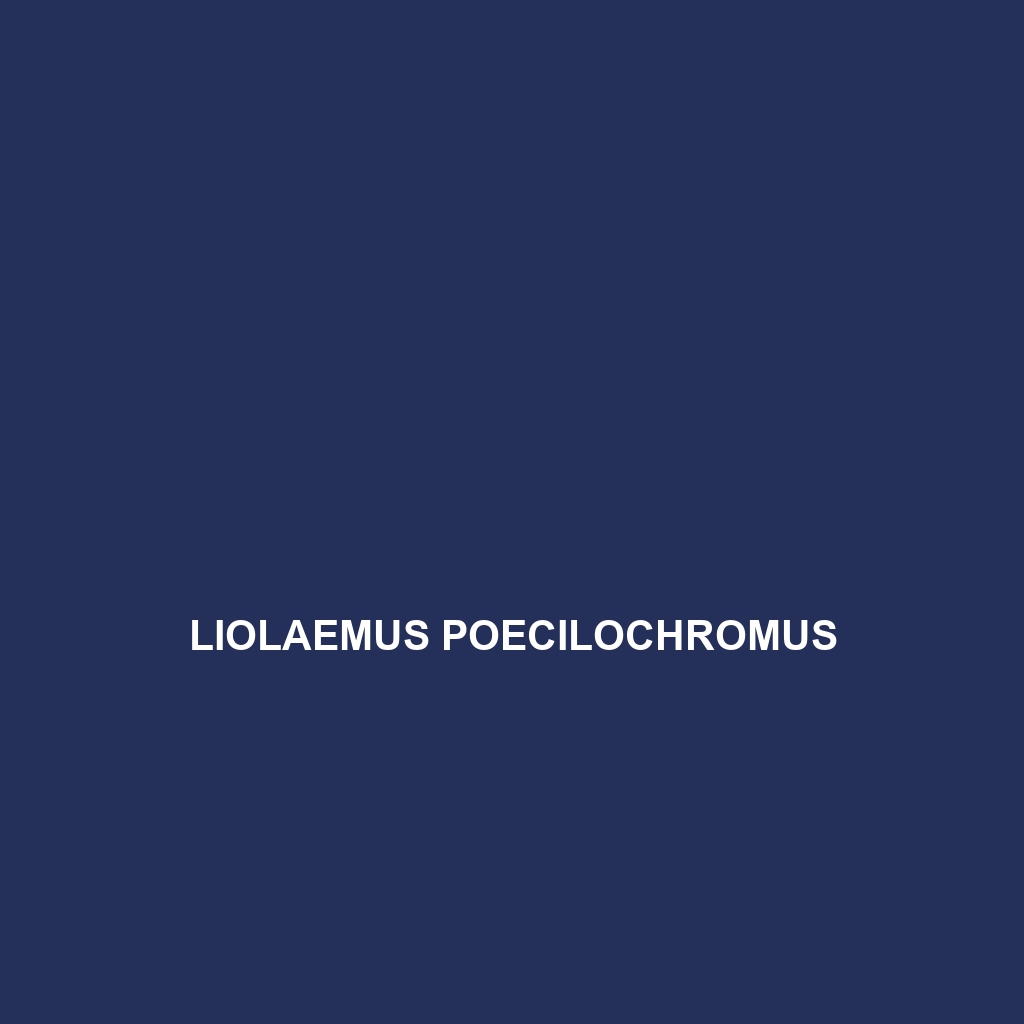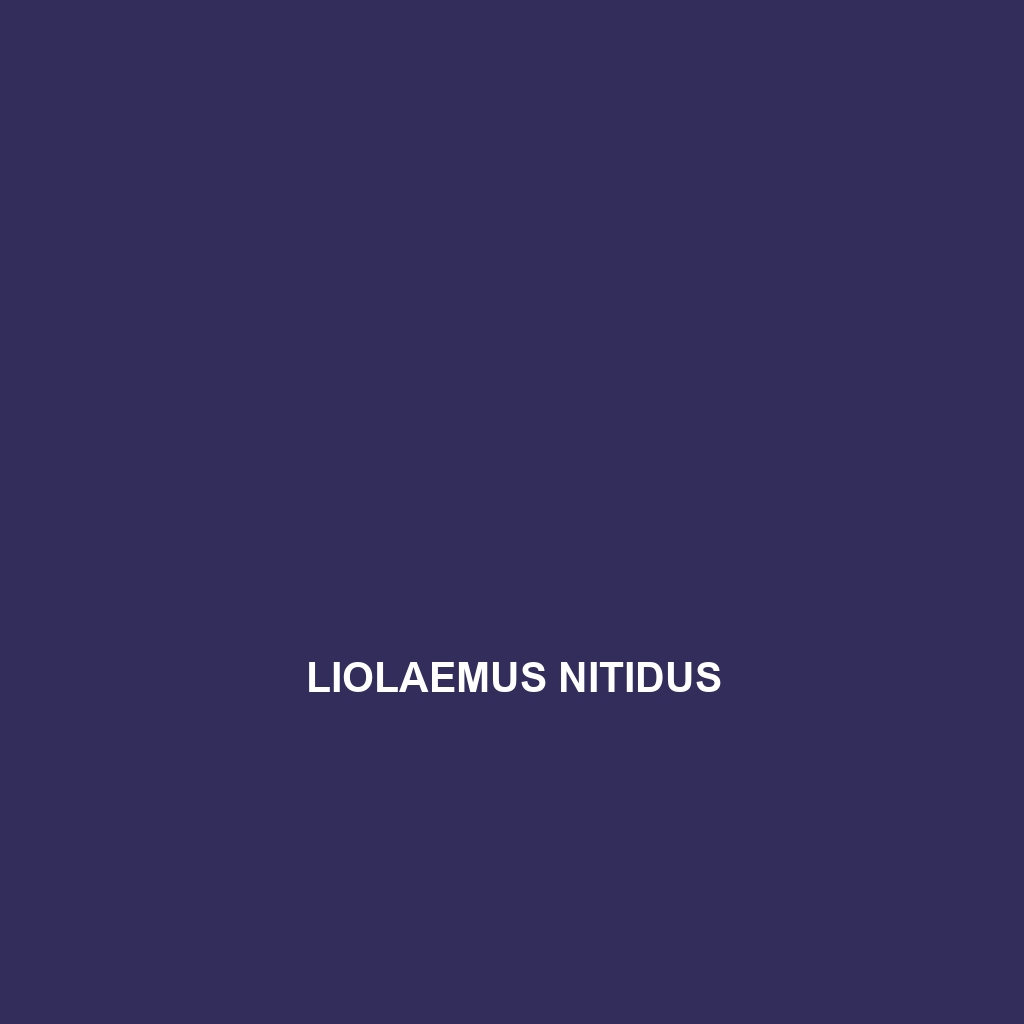<p><b>Liolaemus poecilochromus</b>, also known as the multi-colored lizard, is a vibrant species native to the temperate forests and shrublands of Argentina and Chile, reaching up to 25 cm in length. This adaptable omnivore thrives in diverse habitats and plays a vital role in its ecosystem, contributing to the balance of local food webs.</p>
Tag: Chilean wildlife
Liolaemus pleopholis
Introducing the Liolaemus pleopholis, a slender lizard native to the arid southern Andes of Chile and Argentina, recognized for its vibrant coloration, diurnal behavior, and insectivorous diet. This fascinating species exhibits unique adaptations such as tail autotomy and thrives in rocky, scrubby habitats, playing a crucial role in maintaining ecosystem balance.
Liolaemus platei
<p><b>Liolaemus platei</b>, commonly known as Plate's Lizard, is a striking insectivore found in the temperate zones of Argentina and Chile, characterized by its slender body, vibrant coloration, and unique thermoregulation behaviors. This adaptable lizard plays a crucial role in its ecosystem by controlling insect populations and serving as prey for larger predators.</p>
Liolaemus ornatus
<b>Liolaemus ornatus</b>, commonly found in the temperate forests of Argentina and Chile, is a strikingly colored lizard measuring 10 to 15 cm, known for its agility and specialized toe pads. This insectivorous species plays a vital role in its ecosystem by regulating insect populations and serving as prey for larger predators.
Liolaemus nitidus
Discover the Liolaemus nitidus, also known as the shiny liolaemus, a small to medium lizard featuring iridescent skin in shades of green and brown, thriving in the temperate forests of southern South America. This insectivorous species exhibits unique behaviors, including territorial displays and color changes for camouflage, playing a vital role in maintaining ecological balance.
Liolaemus meraxes
Liolaemus meraxes, a diurnal lizard native to the temperate forests and grasslands of South America, exhibits distinctive earthy coloration and a slender body ranging from 15 to 25 cm. This insectivorous species plays a crucial role in its ecosystem by regulating insect populations and demonstrating unique behaviors such as courtship displays and burrowing adaptations.
Liolaemus kingii
Liolaemus kingii, commonly found in the arid regions of Chile and Argentina, is a robust lizard measuring 12 to 20 cm, characterized by its earthy color patterns and diurnal behavior. An insectivore, it plays a vital role in its ecosystem by controlling insect populations and serves as both predator and prey.
Liolaemus jamesi
Introducing the Liolaemus jamesi, a fascinating lizard native to the temperate forests and grasslands of southern South America. With a robust body, vibrant markings, and a diet primarily consisting of insects, this species showcases intriguing behavior and plays a vital role in its ecosystem.
Liolaemus islugensis
Discover the unique Liolaemus islugensis, a moderately sized lizard native to the rugged mountainous regions of northern Chile, boasting striking coloration for camouflage and an omnivorous diet. Adapted to high-altitude environments, it plays a vital role in its ecosystem while facing potential threats from habitat loss.
Liolaemus fuscus
<p><b>Liolaemus fuscus</b>, commonly known as the dark lizard, is a diurnal insectivore native to the cerrados and temperate forests of South America, particularly Argentina and Chile. Measuring 10 to 15 cm, it boasts a dark brown to grayish coloration with unique scale patterns, thriving in habitats that offer ample shelter while playing a crucial role in pest control and ecosystem balance.</p>









